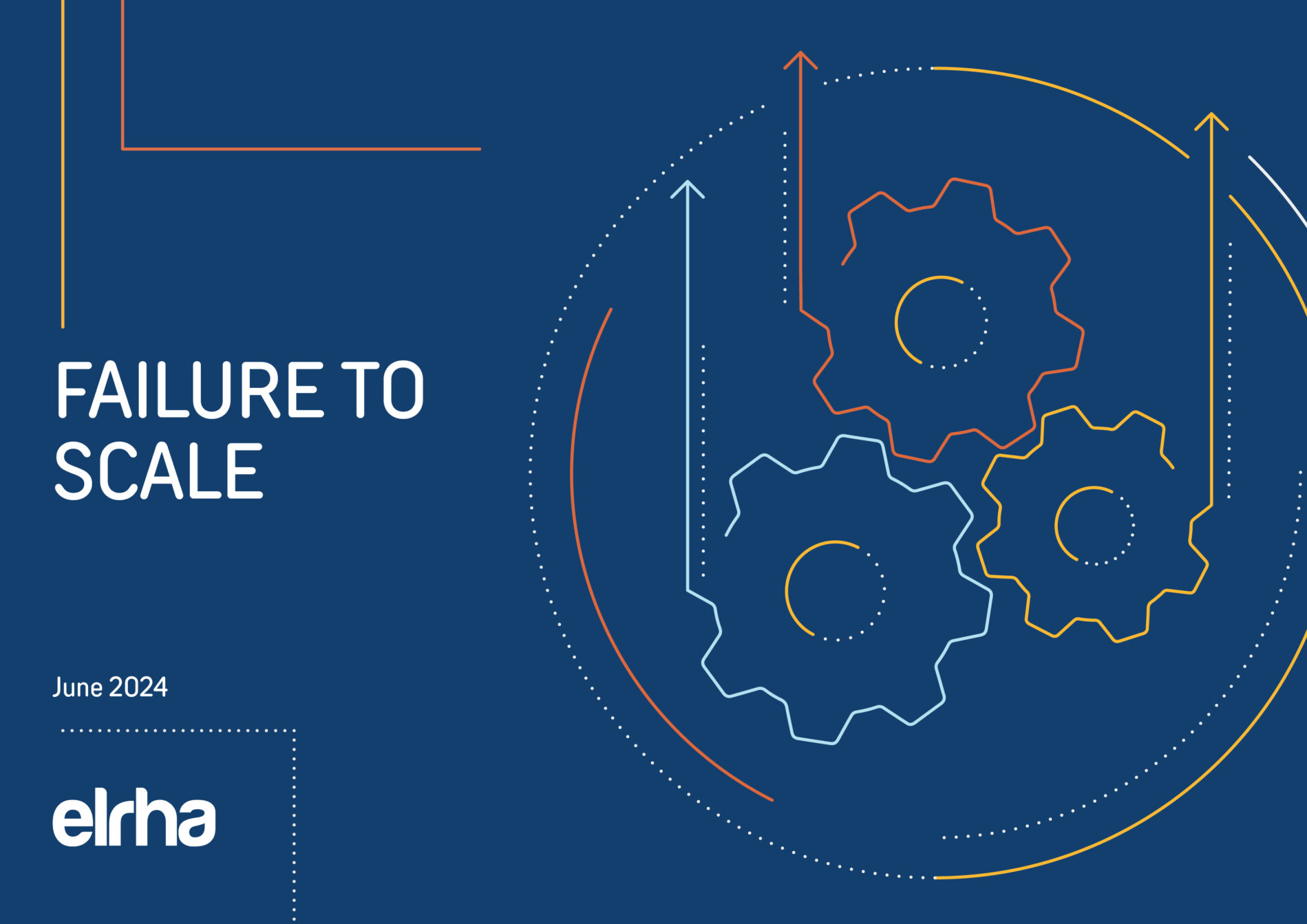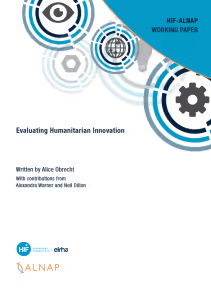Evaluating Humanitarian Innovation


For funders, evaluating humanitarian innovation is critical, given the higher risks involved in innovation projects; for others, including innovators themselves, evaluating innovation can appear to be an oxymoron.
Evaluations are the systematic and objective examination of an activity, policy or programme to determine its worth or significance. They often rely on a fixed set of criteria and a clear focus of ‘what’ is being evaluated. In contrast, innovation processes are characterised primarily by their open and iterative structure: innovation teams are expected to learn and make significant changes to their intended intervention or product along the way, rather than stick to an initial set of aims or criteria.
The core challenge for evaluators of humanitarian innovation (HI) is to correctly recognise and incorporate, rather than ignore or suppress, the value of iteration when carrying out their formal evaluations.
This paper aims to addressing the perspective of both the innovator and the evaluator, introducing a range of evaluative practice that humanitarian innovators can use, and providing an in-depth look at the concepts and evaluative criteria that are relevant to carrying out a summative evaluation of humanitarian innovation.